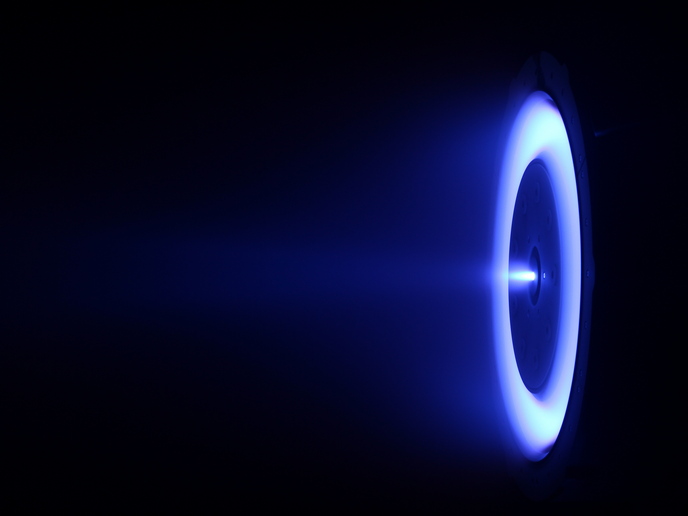A water extraction system for the Moon
When humans establish a presence on other planetary bodies, they will need access to water. This means water suitable for drinking, but also for use as rocket fuel to send things – and people – back to Earth. The most likely candidate for the first human bases is the Moon, which is known to hold frozen water inside its rocky, dusty surface known as regolith. In the EU-funded LUWEX(opens in new window) project, a consortium of researchers have designed, developed and tested a new extractor system which can successfully process simulated lunar regolith and extract water from within. “The extractor design process was actually part of the project, as we wanted to investigate what the best type of extractor would be on the Moon,” says Luca Kiewiet(opens in new window), researcher at the German Aerospace Center(opens in new window) (DLR). “We not only looked at what would be best in terms of efficiency or extraction rate but also what could likely be tested in a future technology demonstrator mission.”
Extracting water from lunar dust
Without easy access to Moon dust, the team turned to an analogue simulant of Moon rock. The specific simulant was chosen as it was thought to reflect the regolith found on the Moon’s south pole, where ice is present and water most likely would be extracted from. The extractor system – known as the crucible – is filled with the icy lunar regolith simulant, before a vacuum is made inside a temperature-controlled chamber to create an environment similar to that on the Moon. The crucible heats and simultaneously stirs the icy lunar regolith simulant, and because of the low pressure, the ice sublimates (directly from ice to water vapour), and outgasses from the regolith. This water vapour is then frozen into a cold trap, heated briefly so it slips out into a chamber, turns into liquid water and is pumped into a purification system. “Through a series of purification methods, we could obtain water that is either safe to drink for astronauts or water that can be electrolysed and turned into rocket fuel for refuelling spaceships,” adds Kiewiet.
Furthering the design of extraction and purification systems
The uniqueness and success of the project was to extract, capture, liquefy and purify water from icy lunar regolith on an unprecedented scale and in an environment not previously tested in. “Per experiment, we could get up to 750 millilitres of water – that hasn’t been done before,” Kiewiet notes. Beyond that, the researchers learned many lessons that will help with the future design of water extraction systems on the Moon – including issues with dust filling the system. “We learned what the limits are, and continue our efforts to improve the extraction and purification systems so that we can one day realise getting water on the Moon,” says Kiewiet.
A source for drinking water on the Moon
Several space agencies around the world are working to get astronauts back on the Moon, including NASA and the ESA(opens in new window). LUWEX could assist and improve these missions by making astronauts less reliant on resupply missions from Earth. “If you don’t have to bring fuel for your return journey already with you, you save a lot of cost and energy,” explains Kiewiet. “And if they have a bit more drinking water, they could extend their missions.”







